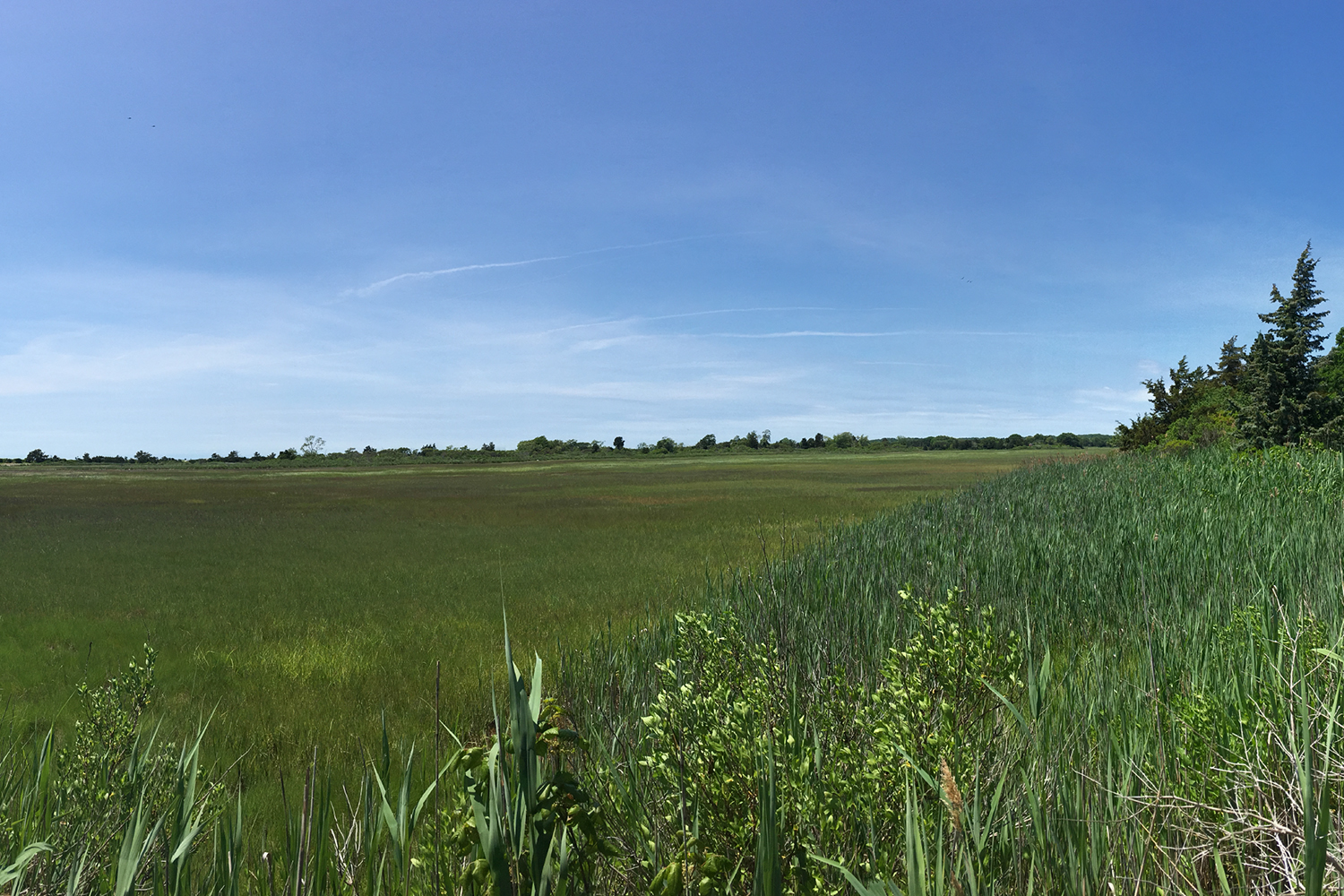If you are heading to the beach this summer, you are likely to pass by coastal wetlands on your way to the shore. These wetlands vary from bottomland hardwoods to marshes to seagrass beds but all occur at the intersection of land and sea, where fresh water from land meets saline tidal waters.
Coastal wetlands provide an array of ecosystem services. They protect shores from flooding, erosion and storm surge; provide habitat for wildlife; filter pollutants from water and sequester carbon. A group of researchers led by Assistant Professor Beth Lawrence of the Department of Natural Resources and the Environment (NRE) and UConn’s Center for Environmental Science and Engineering (CESE) is studying and quantifying the ecosystem services of carbon and nitrogen cycling to determine how these areas are responding to rising oceans.
The coast of the eastern United States is expected to experience elevated levels of sea level rise compared to the global average. Several factors, including water temperature, salinity, currents, the melting of glaciers and ice sheets and various geological and geographical elements, affect the rate of sea level rise. Scientists forecast global sea level rise in the range of 8 inches to 6.6 feet by 2100. The pace at which and amount the oceans rise will depend largely upon carbon and methane emissions that accelerate the melting of the planet’s ice and increase ocean temperatures. Heat causes water to expand, further escalating sea level rise.



